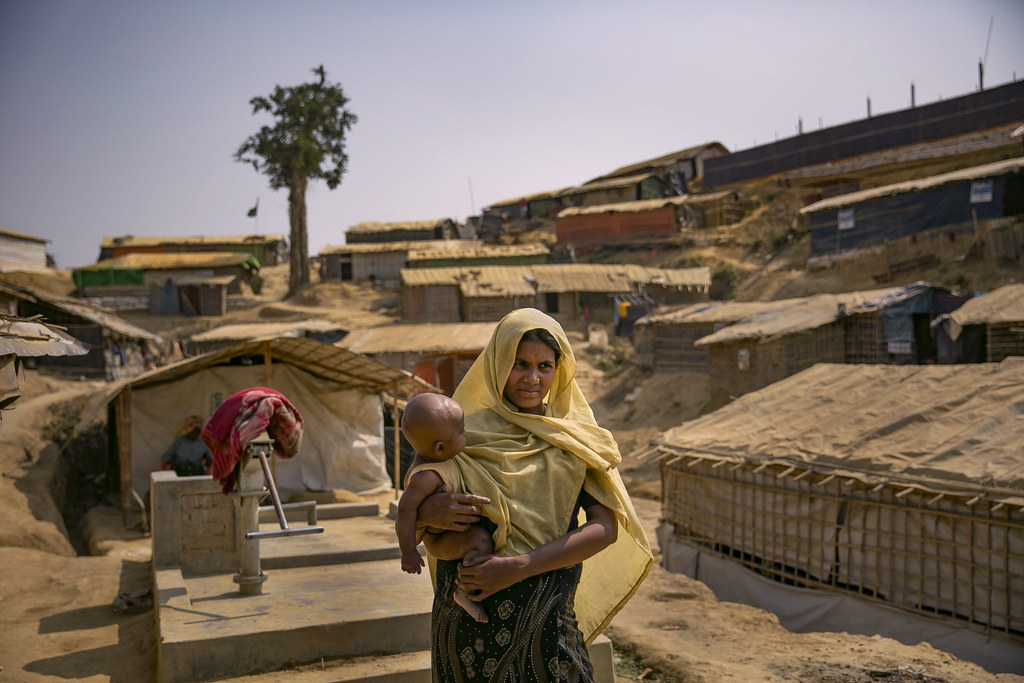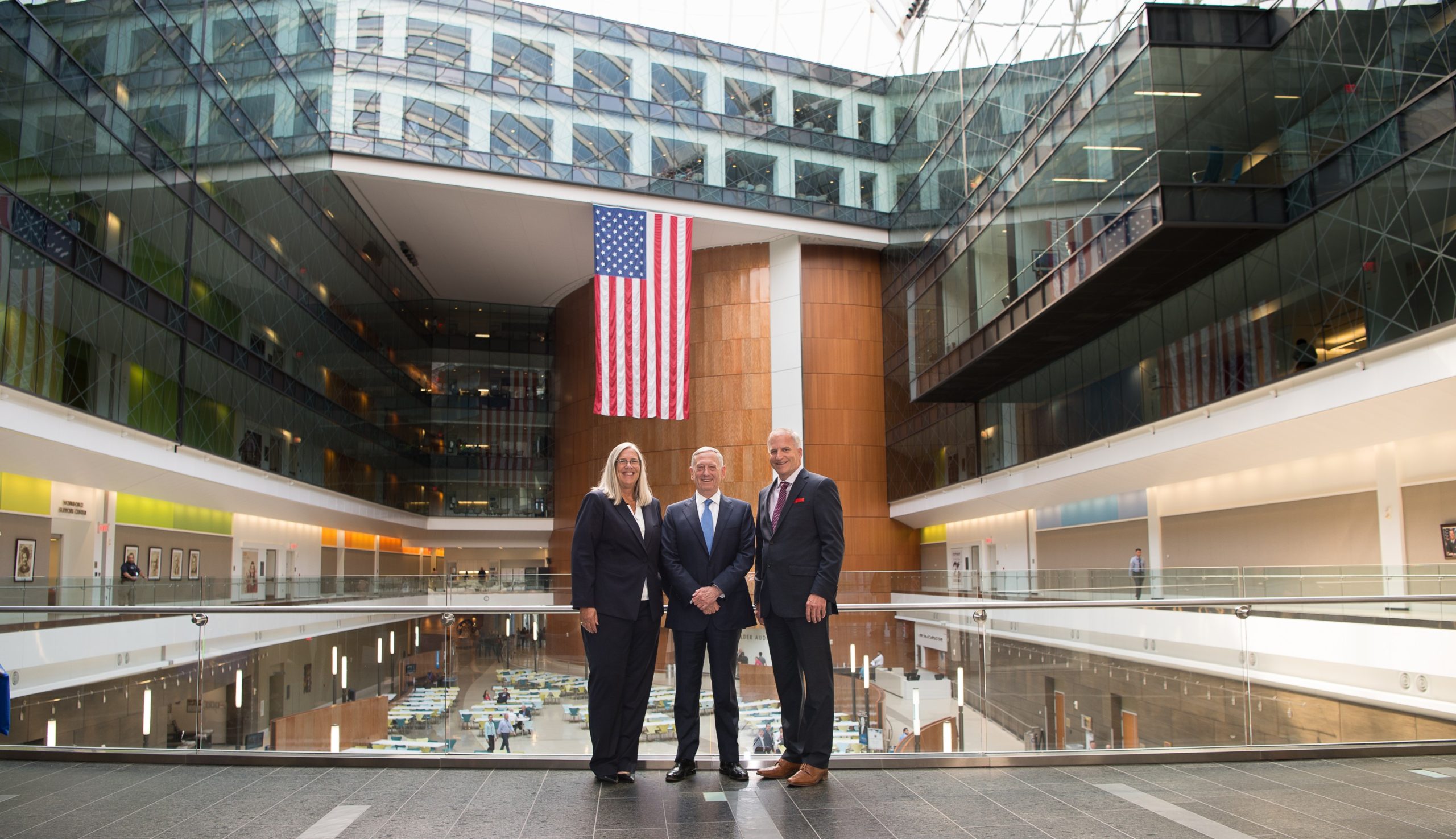The Hidden Genocide: Media Silence on the Rohingya Crisis
In Southeast Asia, a tragic conflict continues to unfold, with little attention from the rest of the world. This persecution came to a head in August of 2017 when the Myanmar military launched a brutal crackdown on the Rohingya following attacks by a militant group, the Arakan Rohingya Salvation Army (ARSA). The military’s response was indiscriminate, involving mass killings, rapes, and the burning of villages in what the United Nations has described as a “textbook example of ethnic cleansing.” The limited media coverage of the Rohingya crisis in Myanmar has led to a weak international response, worsening the suffering and hardships faced by the Rohingya refugees.
Very quickly, the violence escalated and became systematic, leading to a mass exodus from Myanmar. Over 700,000 Rohingya fled to Bangladesh, seeking safety in overcrowded and under-resourced refugee camps in and around Cox’s Bazar. These camps were initially set up as temporary shelters; however, they have since become permanent homes for many. The living conditions in the camps are dire, with inadequate access to clean water, sanitation, or healthcare.
Figure 1: Rohingya refugees fleeing from Taung Bazar, Myanmar, crossing the border into Bangladesh in 2017 (Source: NY Times)
In India, while hosting fewer refugees, the situation is equally precarious, with Rohingya refugees facing numerous legal and social challenges, compounded by a growing anti-Muslim sentiment in the country, which has led to harassment of the refugees by the local populations and, for some in the Indian government to call for the deportation of the Rohingya as they are considered a “security threat.”
Figure 2: Taung Paw Camp in Rakhine State, Myanmar (Burma). Photo by the UK’s Foreign & Commonwealth Office (Source: Devex)
Yet, despite the scale and brutality of this humanitarian disaster, Western media coverage has been conspicuously sparse following the outbreak of the conflict, with a Google trends search revealing a 95% decrease in search terms such as “Rohingya.” Going even further, data from 2017 to 2021 shows that media articles on the Myanmar genocide dropped by 80%, from 100 articles in 2017 to 20 in 2021. I believe there are four main reasons as to why this is the case.
Firstly, it’s in a region that Western media does not traditionally cover all that much. If we look at ongoing conflicts in Ukraine and Palestine, they have dominated news coverage for extended periods of time in large part due to their familiarity with Western audiences. The West has been continually entangled in the Middle East since 2001; meanwhile, Russia and its peripherals have been in media discussions since the Cold War era. Simply put, Western audiences do not have the same familiarity with Southwest Asia and, therefore, do not feel the same attachment to these stories of violence. Erika Weinthal has made note of a similar phenomenon regarding the water crisis in Central Asia, which is covered even less than the Rohingya Genocide despite it impacting millions of people. To Weinthal, this is due to the fact that these crises lie on the periphery and thus fall outside the dominant media narrative due to their geographic distance from Western interests.
Secondly, there is a significant geopolitical dimension to this lack of coverage. Myanmar is situated right on the border of what many would consider the West’s current main political opponent, China. This proximity to China makes Myanmar a point of interest for global powers. While the US and its allies are willing to denounce the regime in Myanmar for its human rights abuses and political repression, they are less willing to openly criticize India and its allies’ treatment of the Rohingya population. The reason for this cautious approach is that India serves as a critical counterbalance to China’s growing influence in the region, and Western-Indian relations are already precarious, especially as the West tries to balance its diplomatic ties with both Pakistan and India. A denunciation of India’s policies could exacerbate tensions and potentially lead to India becoming another geopolitical adversary. This idea of media manipulation for political gain is corroborated by Noam Chomsky and Edward Herman in their book Manufacturing Consent which argues that this pattern of media prioritizing and marginalizing certain narratives is significantly influenced by geopolitical interests and the alignment of the story with narratives that benefit the ruling polity. They note that the media tends to focus more on conflicts directly impacting Western powers, thereby neglecting issues in regions such as Southeast Asia unless they serve an immediate strategic purpose.
Thirdly, while it may be superficial to say, the lack of US involvement is a major driver in the lack of coverage within the West. As we’ve seen with Ukraine, and especially with the ongoing crisis in Gaza, a substantial amount of media attention goes to criticizing American actions. This isn’t limited to just the mainstream traditional media but also proliferates into social media platforms and everyday conversation. This creates a self-fulfilling cycle of criticism, where the media coverage generates more public discourse, which in turn creates an appetite for even more media scrutiny and coverage. This cycle feeds on itself, creating a continuous loop of criticism and analysis. Because the US is not involved in the region, this particular conflict does not fit into the established media framework that thrives on criticizing American involvement. The conflict consequently remains unprofitable by mainstream media.
Lastly, while a much more pragmatic analysis as to why the crisis receives so little coverage, it is important to note that media fatigue is certainly at play here. The crisis began all the way back in 2017, and since so much time has passed without any significant developments, there has been a noticeable burnout in covering the topic by the mainstream media. Moreover, the Western audience has been bombarded with stories of conflict and displacement from around the world. Syria, Yemen, and South Sudan and Palestine have dominated headlines for years, which has led to compassion fatigue among viewers and readers and an overall desensitization to suffering.
Of course, it is important to note that some outlets and journalists have made commendable efforts to highlight the Rohingya plight; however, the overall coverage remains scant. This lack of attention has significant consequences, as without major media coverage, there is less pressure on international bodies and governments to act.
Though the media should not receive all the blame, as, regardless of media coverage, the UN has a responsibility to act and protect human rights, yet this is not the first time they have failed to do so. For instance, in the Rwandan Genocide of 1994, despite clear signs of escalating violence, the UN failed to intervene effectively, leading to the deaths of approximately 800,000 Tutsis and moderate Hutus. Similarly, during the Bosnian War, the Srebrenica massacre in 1995 occurred under the watch of UN peacekeepers who were unable to prevent the slaughter of more than 8,000 Bosniak men and boys by Bosnian-Serb forces. There is not one singular reason to blame for these numerous pitfalls; however, the fact that the international community is unwilling to learn from its mistakes is endemic to larger issues at hand.
If we are to truly move into a more equitable and connected world, then we can’t have it where certain crises are given special treatment for one reason or another. The West’s monopoly on media is a clear legacy of colonialism, and until the media is both decolonized and democratized, scenarios such as Myanmar will only continue to happen. Moving forward, we must vote with our viewership and permit a few companies to determine the global narrative of politics. As citizens of the world, it is our duty to always be informing ourselves and to act accordingly to hold our leaders responsible when they are complacent in clear genocide.
Kaan Altuğ




Comments